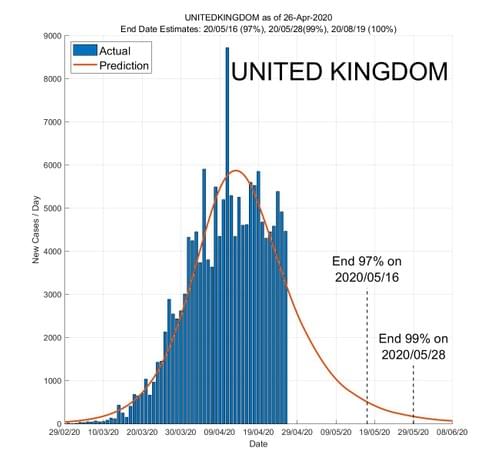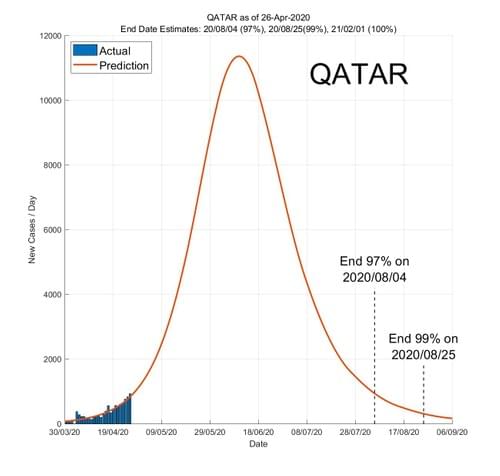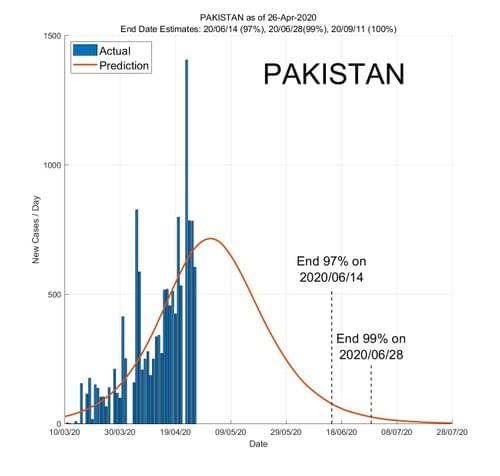Covid-19: Economists expect S'pore retrenchments in 2020 to hit 45,600 to 65,000
SINGAPORE — Economists say heavy job losses are likely in the months ahead as the circuit breaker takes its toll on businesses, but government help will reduce the number. They expect retrenchments could range from 45,600 to 65,000 this year.
In a report published on Monday (April 27), DBS Bank economist Irvin Seah said that if his estimate of 45,600 job losses proved correct, the retrenchment level in the looming recession would be “far higher” than in any previous economic contraction in Singapore.
“This will be the
darkest year for the Singapore economy since independence,” he wrote.
Other economists interviewed by TODAY broadly support Mr Seah’s forecasts on the labour market, with predictions that overall unemployment — which was 2.3 per cent at the end of 2019 — would range between 3.5 per cent and 4 per cent by the end of this year.
Story Continues Below Advertisement
This prognosis for job losses came after
economists last week downgraded their economic forecasts for 2020, suggesting that Singapore could be set for its worst recession on record, with estimates the economy could shrink by 4 per cent, 6 per cent or even 10 per cent.
In his report on Monday, Mr Seah estimated that 24,800 Singapore residents may lose their jobs, although without government measures, such as the enhanced Jobs Support Scheme (JSS), “the economic pain could have been even more acute”. The JSS offers wage subsidies to employers.
Read also: Economists downgrade Singapore's GDP forecast following circuit breaker extension
Still, he said that as residents accounted for 62 per cent of the workforce, the percentage of total projected job losses among local workers would be proportionately less compared with foreign workers.
Mr Seah believes the resident unemployment rate will rise from 3.2 per cent at the end of 2019 to 4.2 per cent by the end of this year, with the overall jobless rate climbing to 3.6 per cent.
“Even if Singapore succeeds in bringing down the number of local (Covid-19) cases, it will still be a long way before economic activities resume to normalcy.”
Read also: Covid-19 pandemic could lead to 150,000 to 200,000 retrenchments, say Maybank economists
Mr Seah also added that government policies will remain “supportive and at times bold” to cushion the economic fallout from the pandemic. He noted that the Government had already pledged S$68.8 billion in spending to ease the crisis, which represented nearly 14 per cent of the annual size of the economy.
CIMB Private Banking economist Song Seng Wun said that while the Government has extended schemes such as the JSS, individual businesses may still find it difficult to retain workers.
“If there is no revenue growth, even with the Government paying 75 per cent of the wages, some businesses might find that it is still not viable for them to retain (workers),” he said.
Read also: Vacancies fall but employment growth strongest in 5 years: MOM labour market report 2019
United Overseas Bank economist Barnabas Gan estimates that the overall unemployment rate could rise to 3.5 per cent by the year's end, adding that the performance of Singapore’s key trading partners, the disruption to global trading, and badly battered demand in developed nations will continue to hurt the labour market.
“If Singapore’s export and manufacturing numbers start to slow down very sharply into the next few months or so, that will likely play a part in exacerbating the softness in the labour market in Singapore,” Mr Gan said.
Ms Selena Ling, head of treasury research and strategy at OCBC bank, estimates that the unemployment rate could rise to 4 per cent this year.
She said that the Covid-19 situation in Singapore remains “in a state of flux” and the labour market will continue to be influenced by “how generous” the Government wants to be with extending schemes such as the JSS and the foreign worker levy rebate.
She said retrenchments associated with the circuit breaker measures could total about 65,000, though in a worst-case scenario, the number could be 100,000.
Jobs in non-essential services as well as the construction sector will be the most affected, she added.
In the report, Mr Seah also downgraded Singapore’s full-year economic forecast to a 5.7 per cent contraction, from a 2.8 per cent slowdown previously, with the potential downside that the economy could shrink by 7.8 per cent.
Noting that the global outlook has also turned “grimmer”, Mr Seah said that there is downside risk to the economy as the key services sector — covering retail, tourism, hospitality and financial services, for example — could contract even more.
Total tourist arrivals plunged by 51 per cent year-on-year in February, while the retail sales index also saw a 13 per cent slide year-on-year in the same month, with a risk that these numbers will fall even further into the red amid the effects of the circuit breaker measures.
In his report, Mr Seah said “the implementation of the circuit breaker in early April, and the extension to June 1, though necessary to contain the outbreak, will be a nail in the coffin for many locally oriented industries”. He cited construction, retail, food-and-beverage and business services as examples.
“The relief measures in the Solidarity (Budget) package will help, but some businesses with weaker financial standings may not survive this crisis.This implies more company cessations, bankruptcy and job losses ahead.”
































